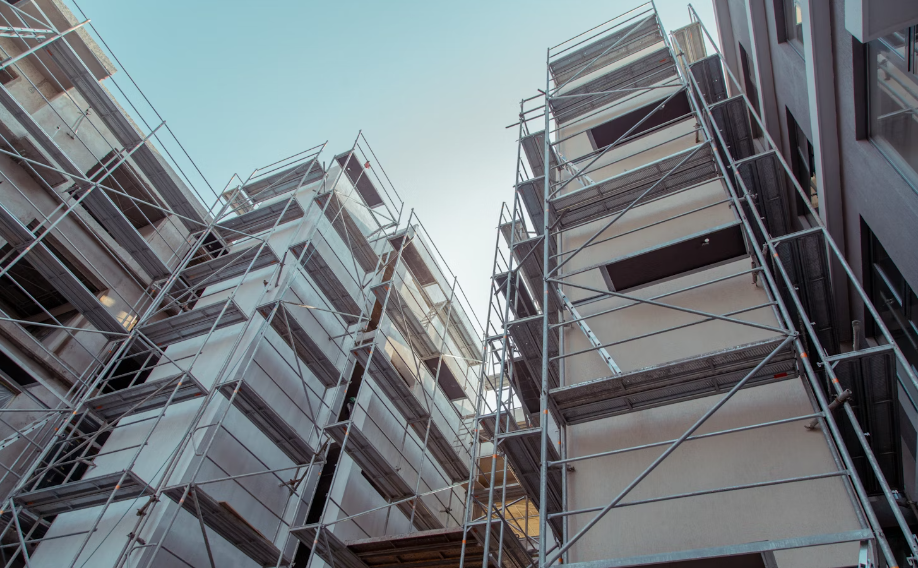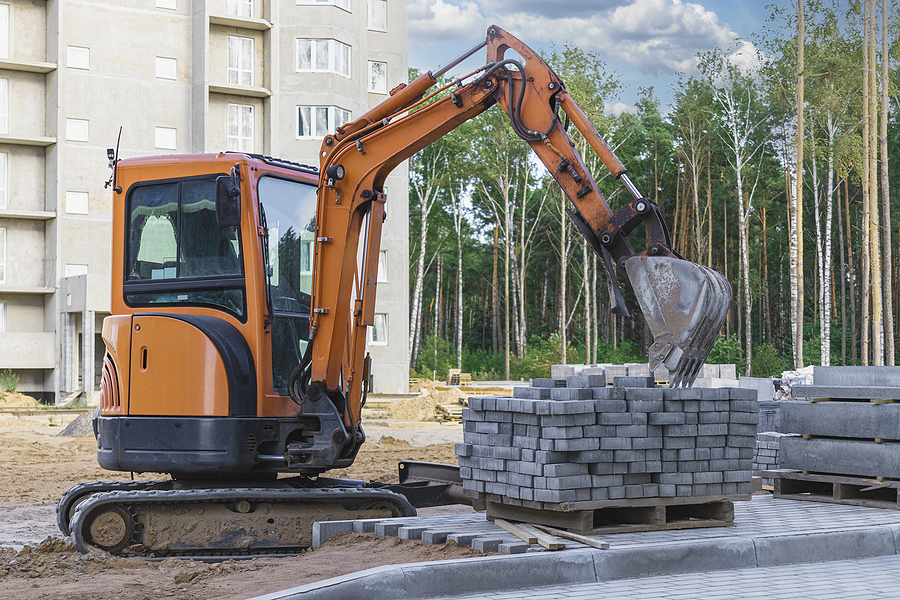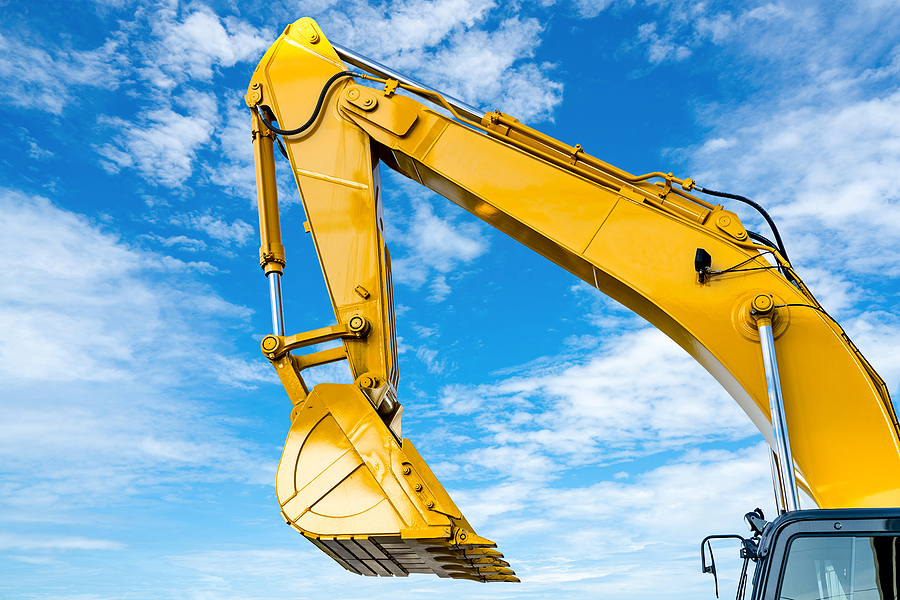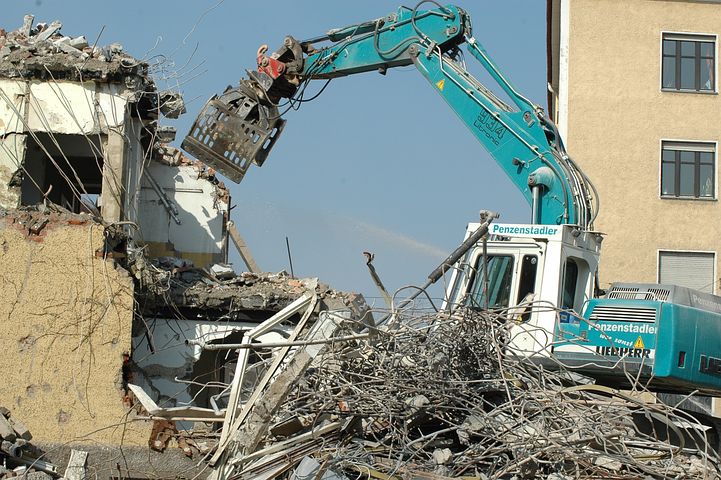In the ever-evolving world of construction, innovation is not just a buzzword; it’s a necessity.
Amidst towering skyscrapers and intricate architectural designs, the unsung hero often lies in the foundational support structures – the scaffolding systems. In particular, modern scaffolding solutions, such as the innovative Kwikstage systems, have revolutionised the way buildings are constructed, maintained, and renovated.
This article delves into the importance of these systems in contemporary construction, highlighting their benefits, versatility, and safety features.
The Essence of Modern Scaffolding in Construction
Scaffolding has been an integral part of construction since ancient times. However, modern requirements demand more than just basic support structures. Today’s scaffolding systems need to be safe, versatile, and efficient. This is where advanced scaffolding systems come into play. They offer a combination of strength, flexibility, and ease of assembly, which is crucial in today’s fast-paced construction environments.
Safety: A Top Priority
Safety is paramount in any construction project. Advanced scaffolding systems, like the innovative Kwikstage scaffolding systems, are designed with safety as a core principle. These systems provide stable platforms and guardrails, minimising the risk of accidents. Their robust design ensures that workers can perform their tasks at heights without compromising their safety, a critical factor given the increasing complexity of modern construction projects.
Versatility and Adaptability
One of the standout features of modern scaffolding systems is their versatility. They can be adapted to a wide range of construction projects, from simple residential buildings to complex commercial structures. This adaptability is particularly beneficial in projects with unique architectural designs, where traditional scaffolding might not suffice. The ability to customise these systems to fit specific project requirements makes them an indispensable tool in contemporary construction.
Efficiency and Time-Saving
In the construction industry, time is money. Modern scaffolding systems are designed for quick assembly and dismantling, significantly reducing the time spent on setting up and removing scaffolding. This efficiency not only saves time but also reduces labour costs, making construction projects more economically viable.
Environmental Considerations
Modern construction is not just about building structures; it’s also about sustainability. Advanced scaffolding systems are often made from recyclable materials, reducing the environmental impact. Furthermore, their reusability and durability mean less waste is generated over time, contributing to more sustainable construction practices.
A Look to the Future
The future of construction will undoubtedly see further advancements in scaffolding technology. With the increasing demand for eco-friendly and efficient construction methods, scaffolding systems will continue to evolve, playing a pivotal role in shaping the skylines of tomorrow.
Embracing Innovation in Construction
For those keen on understanding the broader context of construction innovation, exploring topics like current trends in building technology offers valuable insights. It’s a fascinating area that encapsulates a range of subjects from sustainable materials to advanced building techniques, reflecting the dynamic nature of the construction industry.
In conclusion, the role of modern scaffolding systems, particularly the innovative Kwikstage systems, cannot be overstated in the realm of construction. They epitomise the fusion of safety, efficiency, and adaptability, essential qualities in modern construction practices. As the industry continues to grow and evolve, these scaffolding systems will remain at the forefront, supporting the architectural wonders of the future while ensuring the safety and efficiency of construction processes.







